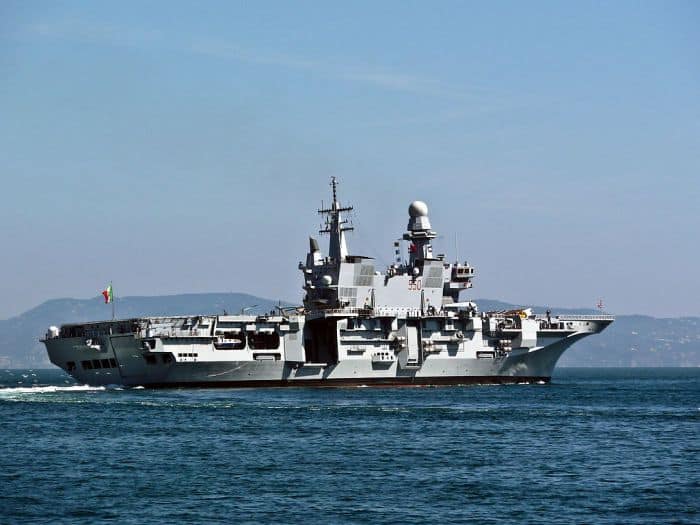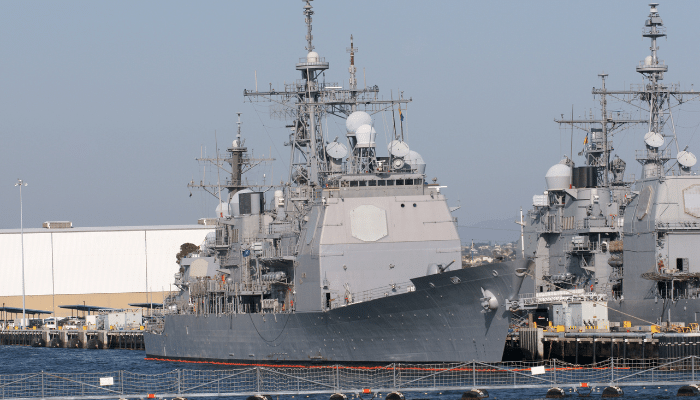What are Bulk Carrier Ships?
Bulk carriers are a type of ship which transports cargoes in bulk quantities. The cargo transported in such ships is loose cargo i.e. without any specific packaging to it and generally contains items like food grains, ores and coals and even cement. Since their inception towards the mid-19th century, bulk vessels have been revolutionised and streamlined in order to facilitate greater ease for their owners and operators, presently.
In addition to carrying dry cargo like the ones specified above, a bulker is also engaged at times to carry liquefied cargoes. The liquefied cargo carried by the bulk ship includes oil, petrol and various other liquid chemical substances.

IMO Recognition and Vessel Requirements
Although bulk carriers have been employed since the 1850s, their appropriate definition and interpretation can be found in the SOLAS Convention – year 1999. However, over the years various other interpretations have also been added to the official definition, which are now being employed quite effectively.
In terms of capacitances, bulk vessels can carry a maximum cargo of about 4, 00,000 DWT. The vessels are further sub-divided into six major classes based on their cargo carrying capacitance and the important marine channels through which they can easily pass. The various classes of bulk cargo vessels in the descending order of cargo capacitance can be elaborated as under:

– Panamax
– Handysize
– Small sized
Apart from these major classifications, there are several other classifications applicable to certain specific navigation channels. These vessel classifications however do not form a part of the international shipping domain but are restricted to certain geographical shipping arenas.
In order to bring about a better quality to the cargo ship, it has been proposed that these vessels be built according to Common Structural Rules or CSR. Vessels that are built according to the CSR specifications are annotated with the CSR notation, which helps to boost the vessel’s credibility in the global sector.
Similarly the vessels are also required to undertake the ESP (Enhanced Survey Program) as a part of the SOLAS Convention rules. The ESP mainly involves a thorough monitoring and checking of the hulls of these types of ships.
Statistically, the bulk cargo carriers have a stake of about 40% in the international shipping sector. Of these 40%, the market leaders in terms of ownerships and operations are the South Asian countries like China, Japan and South Korea. In addition to these nations, Greece is yet another leading owner and operator of bulk carriers.
Looking at these figures, it can be inferred that the bulk ship still enjoys a vital position in the overall scheme of operations in the maritime sector. Also with a greater reduction in the threat to safety and health of the crewmen and the longevity of the vessel as well, it can be prognosticated that these vessels will still continue to remain a part of the maritime industry for years to come.
Disclaimer: The authors’ views expressed in this article do not necessarily reflect the views of Marine Insight. Data and charts, if used, in the article have been sourced from available information and have not been authenticated by any statutory authority. The author and Marine Insight do not claim it to be accurate nor accept any responsibility for the same. The views constitute only the opinions and do not constitute any guidelines or recommendation on any course of action to be followed by the reader.
The article or images cannot be reproduced, copied, shared or used in any form without the permission of the author and Marine Insight.
Do you have info to share with us ? Suggest a correction
Latest Type Of Ships Articles You Would Like:
About Author
Marine Insight News Network is a premier source for up-to-date, comprehensive, and insightful coverage of the maritime industry. Dedicated to offering the latest news, trends, and analyses in shipping, marine technology, regulations, and global maritime affairs, Marine Insight News Network prides itself on delivering accurate, engaging, and relevant information.

About Author
Marine Insight News Network is a premier source for up-to-date, comprehensive, and insightful coverage of the maritime industry. Dedicated to offering the latest news, trends, and analyses in shipping, marine technology, regulations, and global maritime affairs, Marine Insight News Network prides itself on delivering accurate, engaging, and relevant information.
Subscribe To Our Newsletters
By subscribing, you agree to our Privacy Policy and may receive occasional deal communications; you can unsubscribe anytime.
















On my friend’s chartering agent webblogs they have added me on their blog site rolls, but
mine normally sits at the bottom of the list and does not list when I post the latest freight rates comment like it does for others.
Is this a setting that I need to change or is this a preference
that they have made?
i served on the SA Sugela. Her gross was 14500 tons and her DWT 25589 tons. Her main cargo was sugar from Durban to Japan. I never found out how the tonnage worked and would like to know how many tons of sugar could she load?
thank you,
Hello,
The blog is creating the best type of ships are bulk carrier ships are nice and given information is best helpful.
Thank you for share us
Number one